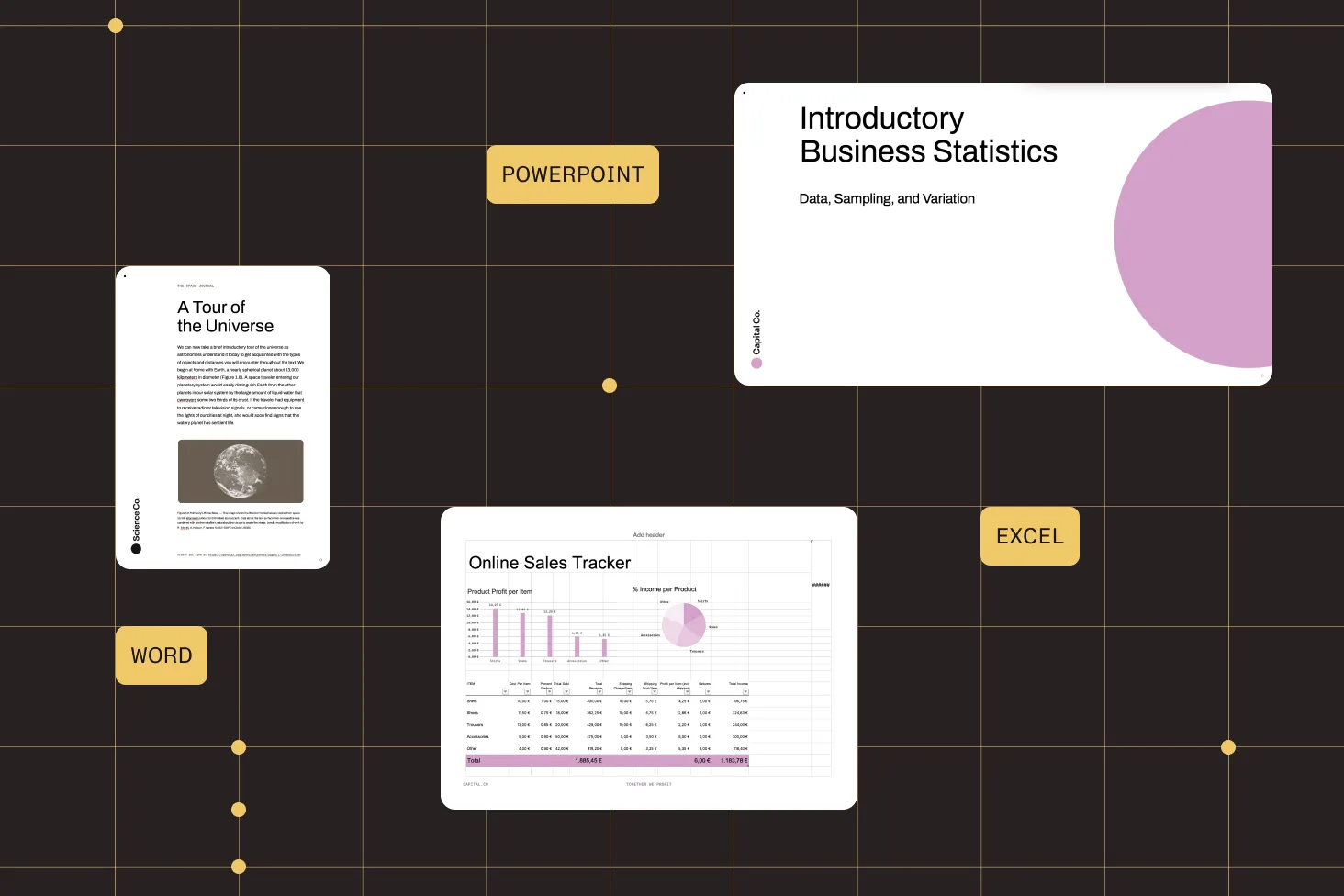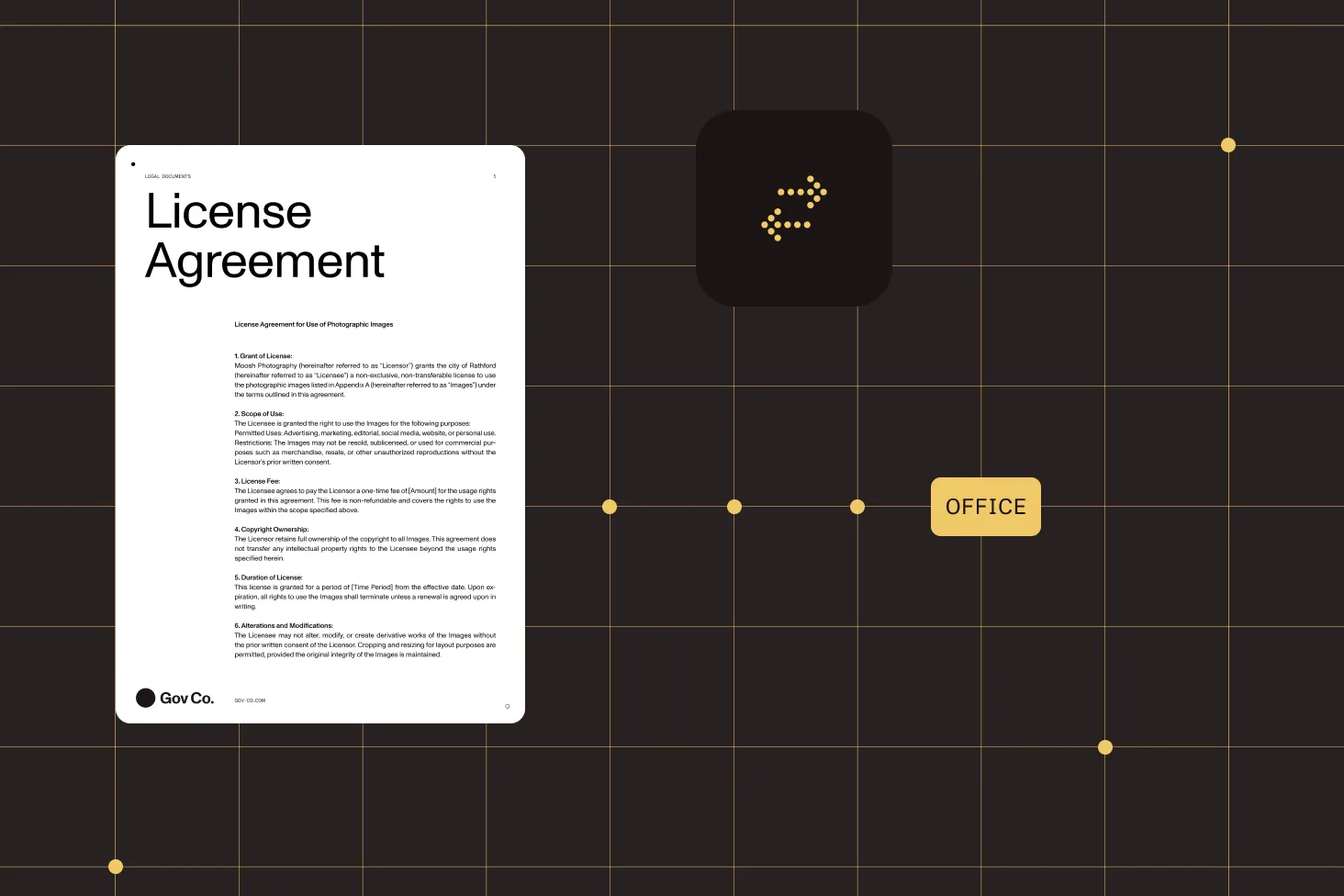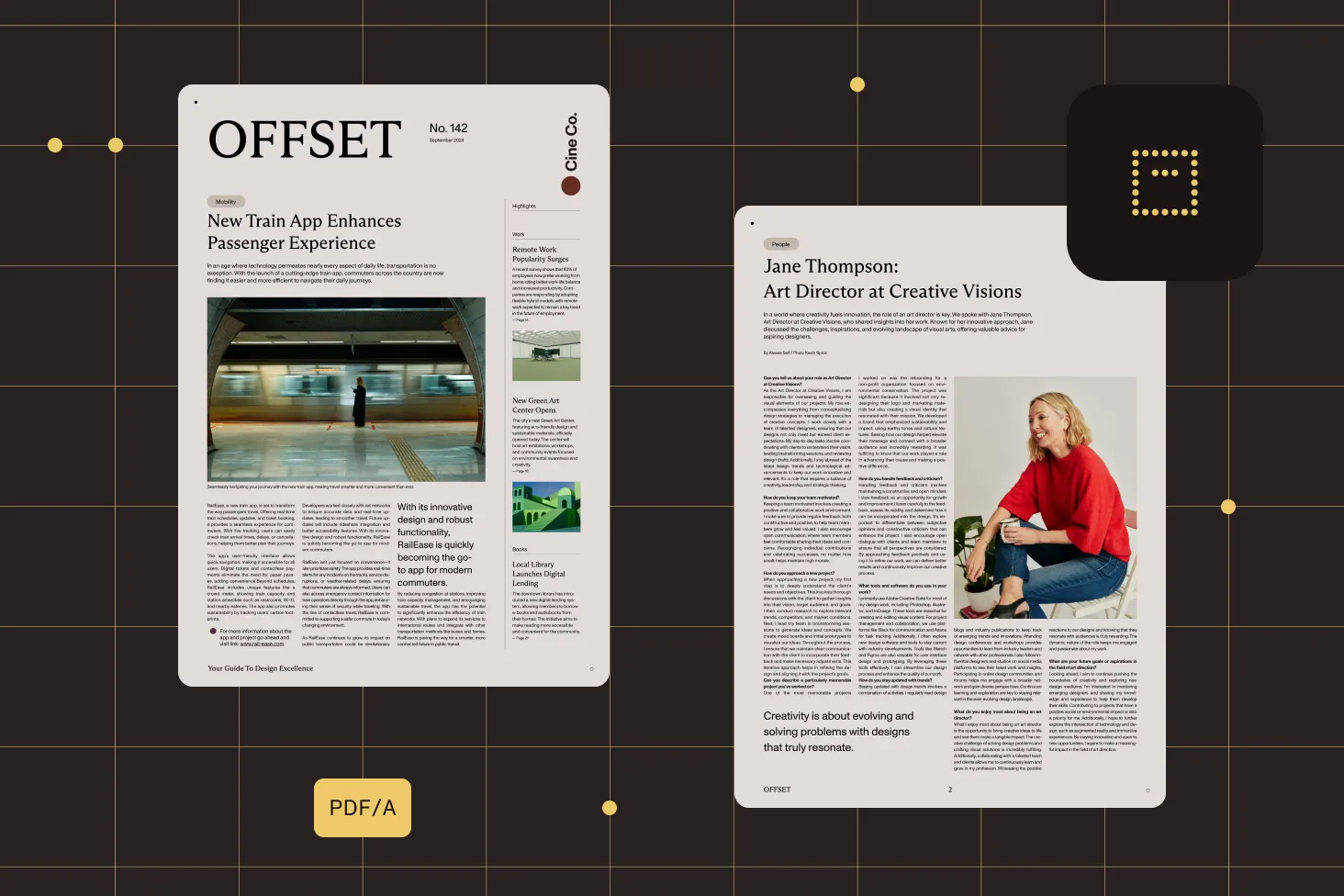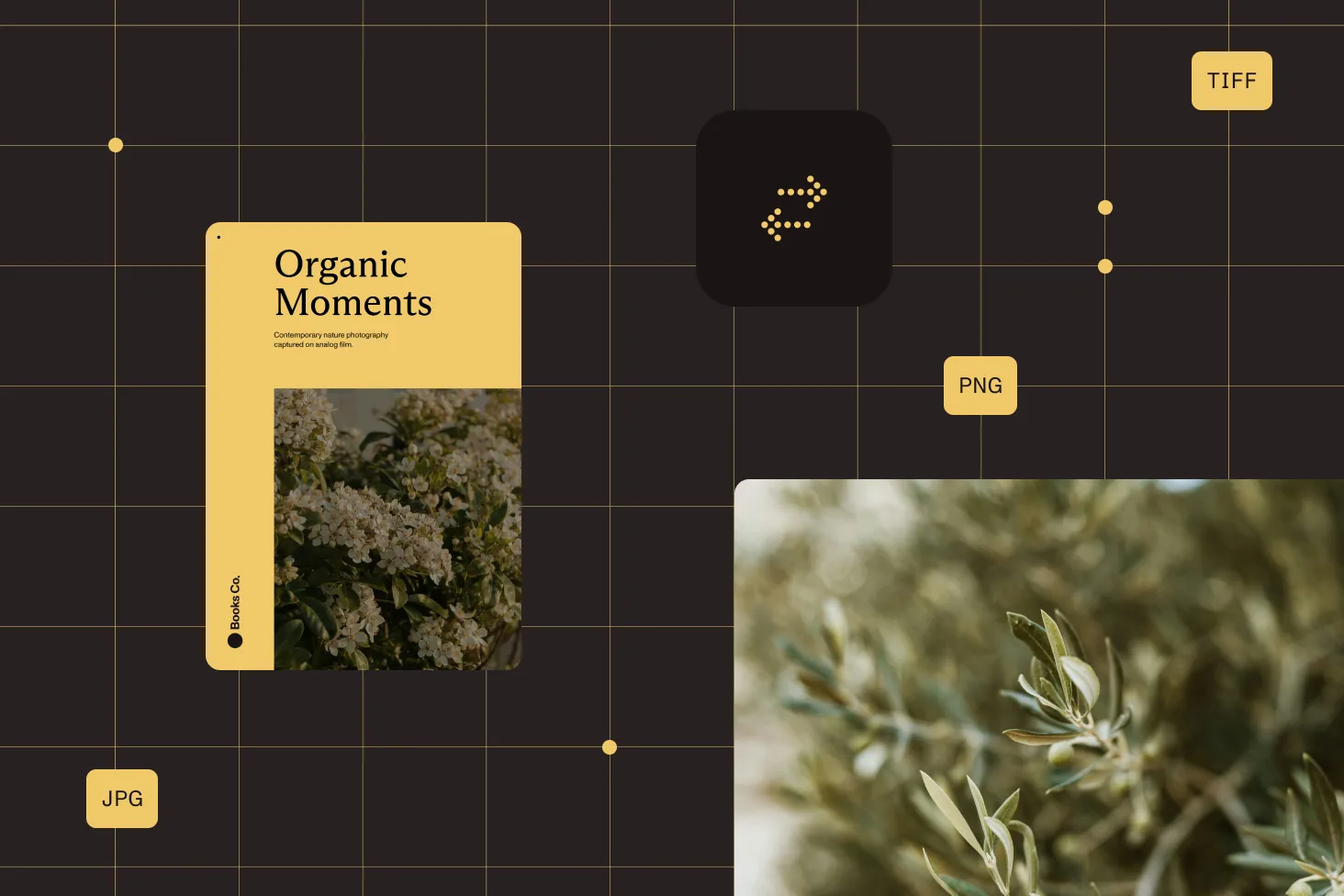PDF annotations: Types, uses, and how to manage them efficiently
Learn everything about PDF annotations, including their types, functions, and real-world applications. Discover how to add, edit, and manage annotations in PDFs with ease. See how Nutrient's annotation model simplifies handling comments, highlights, and markup for a seamless document experience.









